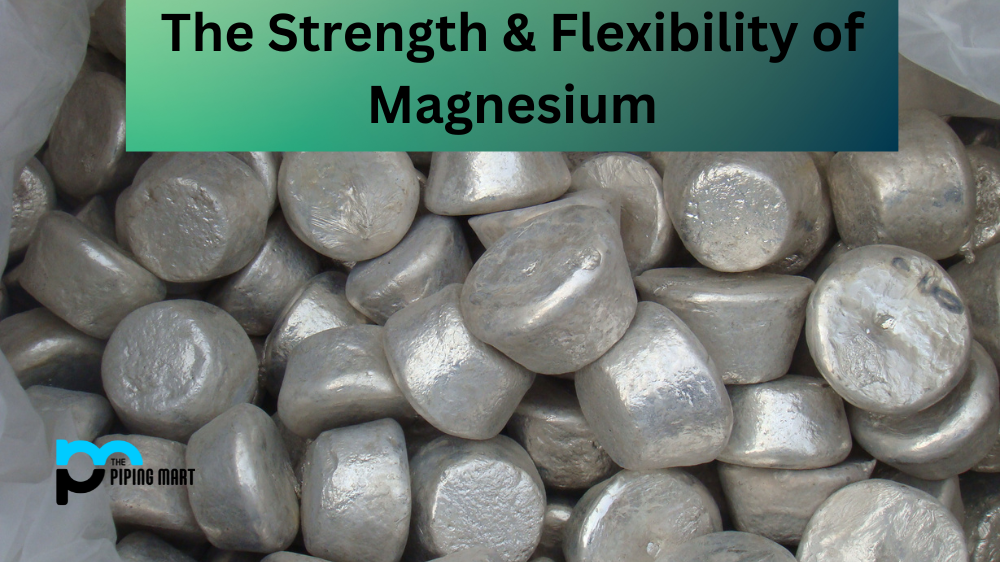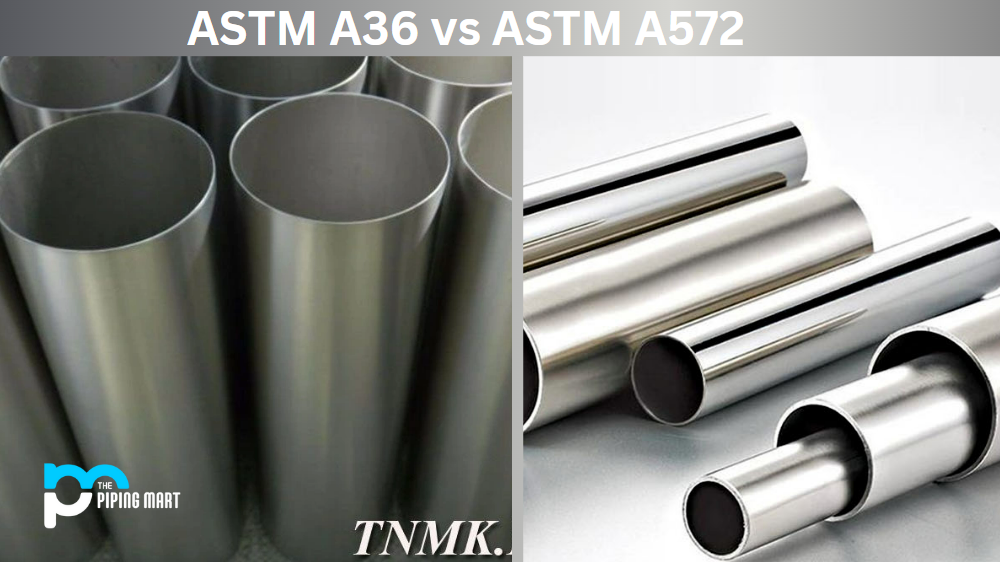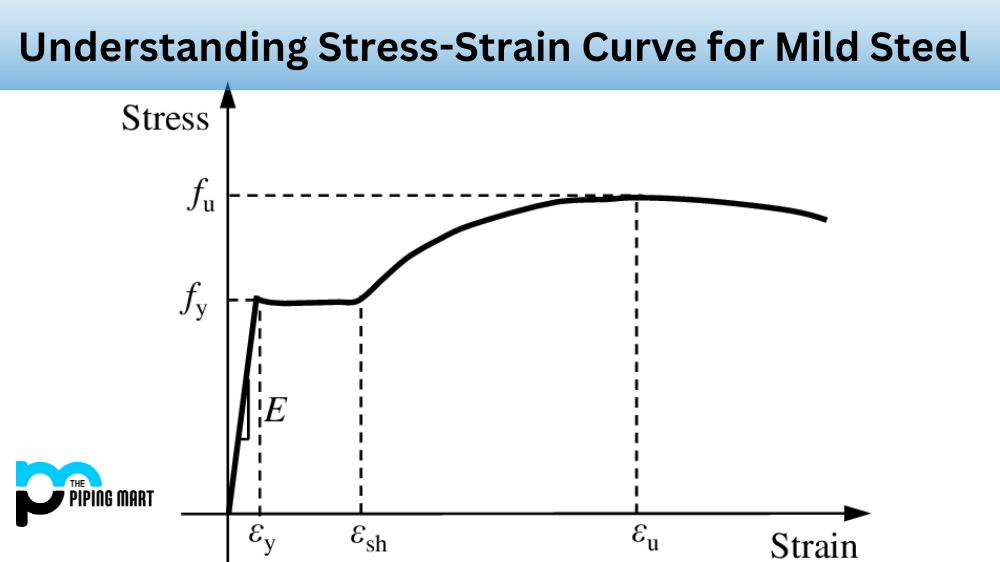Magnesium is a naturally occurring element that has dozens of uses in a variety of industries, from automotive to aerospace. One of the most notable properties of magnesium is its malleability, or its ability to be easily shaped and formed. But what makes magnesium so flexible? Let’s take a closer look at the science behind this important element.
The Specific Heat
To understand why magnesium is so malleable, we first need to look at its specific heat and specific gravity. The specific heat of an element refers to the amount of energy required to increase its temperature by one degree Celsius. Magnesium has a high specific heat, meaning it can absorb a great deal of thermal energy before it begins to melt or change shape.
Specific Gravity of Magnesium
In addition, magnesium has a relatively low specific gravity compared to other metals—meaning it’s lighter than many other elements with similar properties. This combination makes it ideal for shaping and forming complex shapes without becoming too hot or too heavy.
Magnesium Melting Temperature & Yield Strength
Another key factor in determining how malleable an element is in its melting temperature and yield strength. The melting temperature is the point at which the material will begin to liquefy and lose its form—the higher the melting temperature, the more resistant an element will be to deformation due to heat or pressure. Magnesium has a fairly high melting temperature (around 1,118°C), making it more resistant than other metals like aluminum or iron when exposed to extreme temperatures. Furthermore, magnesium also boasts exceptional yield strength—this measures how much stress an element can withstand before permanently deforming—making it extremely durable while still being pliable enough for shaping and forming into complex shapes.
Magnesium’s Tensile Strength & Metal Density
Finally, another factor that contributes to magnesium’s malleability is its tensile strength and metal density. Tensile strength measures how much force an element can withstand before breaking; higher tensile strength means greater durability against flexing or bending forces. Magnesium also has relatively low metal density compared with other elements like steel or copper; this makes it easier to shape without increasing weight too significantly since weight increases as density does as well.
Conclusion:
All these factors combine together to make magnesium one of the most malleable elements available today – perfect for use in applications where flexibility is vital, but weight needs to be kept low such as automotive and aircraft components! With its strong tensile strength, high melting temperature, low metal density, and excellent yield strength – magnesium is not only highly malleable but also incredibly tough! Whether you’re looking for an easy-to-shape material for your next project or something sturdy enough to stand up against even the toughest conditions – consider giving magnesium a try! It just might surprise you with what it can do!
Meet Heer, a dynamic and driven writer learning tricks of her trade in the metal industry. With a background in Digital Marketing, Heer brings a unique perspective to her writing, sharing valuable insights. Apart from blogging she like reading and hiking.




